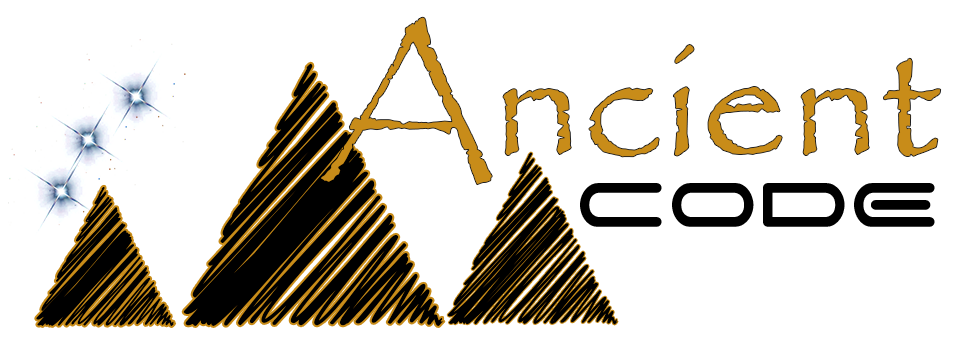YouTube Video Here: https://www.youtube.com/embed/6Kf27uTGx80?feature=oembed&enablejsapi=1
The Norse Berserkers were legendary ferocious Viking warriors dating back to ninth-century Scandinavia that seemed immuned to harm in battle. They entered a trance-like state of blood-thirsty rage said to give them increased and unmatched skills in battle.
Here’s a shocking account of one berserker by a 13th-century Icelandic poet:
“… a demoniacal frenzy suddenly took him; he furiously bit and devoured the edges of his shield; he kept gulping down fiery coals; he snatched live embers in his mouth and let them pass down into his entrails; he rushed through the perils of crackling fires; and at last, when he had raved through every sort of madness, he turned his sword with raging hand against the hearts of six of his champions. It is doubtful whether this madness came from thirst for battle or natural ferocity.”
Origins of the Berserkers
The word “berserk” means “out of control; wild or frenzied.” The word may have come from the Norse word for bear, “bjorn” or “berr,” meaning “without armor.”
On the other hand, Ranker notes that the word “berserker” derives from the Old Norse “serkr,” meaning “coat” or “shirt,” and “ber,” the Norse word for “bear.”
The Berserkers were said to go into battle naked, apart from bear or wolfskins and horned headgear. According to the Norse myths, they howled like wild animals as they left a wake of bloody carnage behind them. If they were injured, they would keep fighting, seemingly unaffected. But how is this humanly possible?
See the Berserkers in action from the History Channel below:
Murderous mushrooms
One popular theory to explain this is the use of a beautiful but toxic psychoactive mushroom, Amanita muscaria. The iconic and deadly red mushrooms with white spots are woodland toadstools commonly called Fly agaric or amanita.
The use of these dangerous mushrooms by Siberian shamans is known and if carefully treated the effects are said to induce a state of hallucination, euphoria, flushed red skin, and muscular twitches. These symptoms match closely with symptoms describing the Berserkers.
An elderly shaman, Tatiana Urkachan of the Tungus tribe, discussed the use of the mushrooms below, dressed like an Amanita mushroom no less. She reportedly insisted that she would never take the mushrooms herself because “she was too powerful a shaman to need it.” Urkachan admits the mushroom can quite easily kill you.
Getting into the weeds
Now, Karsten Fatur from the University of Ljubljana has offered another possibility that he believes is more likely, the use of a plant called henbane. Fatur’s doctoral work is based on the examination of the use of hallucinogenic plants in Slovenija.
In the Journal of Ethnopharmacology, Fatur suggests that henbane, Hyoscyamus niger, was probably used by Viking berserkers. The effects of taking the plant match the symptoms of Viking berserkers more closely than mushrooms. Plus, henbit is a more common plant in Scandinavia. Keep in mind, this plant is also toxic and dangerous. (Read: Do not try this at home!!)
According to Newsweek:
“According to historical accounts, the condition of these rages began with shivering, teeth chattering and a general chill. Then, face swelling and reddening, followed by an intense rage during which the beserkers could not tell friend from foe. When the rage subsided, the warriors were left weak and feeble, sometimes for several days at a time.
Henbane can cause feelings of delirium, inhibition loss and manic episodes—hence, the excess so often described in accounts of beserkers. It can also trigger visual disturbances, hallucinations, drowsiness and red skin, as well as dull pain—which would explain the apparent invulnerability of the warriors.”
YouTube Video Here: https://www.youtube.com/watch?time_continue=13&v=JbSdLsMZCLg
Of course, the use of henbit is still just another guess, though a well-educated one. The traditional explanation for berserker’s power is based on self-provoked hysteria through intense rituals.
According to Ranker:
“Like all traditional members of shamanic secret societies, berserkers acquired their power through ritualistic practice. These practices included spending periods in extreme isolation, fasting, exposure to extreme heat and cold, and engaging in group weapon dances prior to battle. In the wilderness, berserkers lived like their totem animal, adopting its mannerisms and habits, sustaining themselves by hunting and raiding settlements.
So, yeah, they just ran off into the woods and lived like f*cking bears and wolves because they were goddamn Viking berserkers.”
As you can see, the use of psychoactive weeds alone doesn’t seem to be adequate in describing the Berserkers. So complete was their transformation that they were said to shapeshift into animals, or so say the legends. A group of the warriors called a berserkgang was said to change form collectively, a fearsome force that nobody would want to run into. In fact, the berserkers were eventually outlawed in their own homeland.
Can any plant be responsible for such superhuman carnage? Probably not, but could henbit have been part of the berserk recipe, combined with rituals, plenty of alcohol, an altered mental state, and a touch of insanity?
Explore the story of the berserkers from Mythology and Fiction Explained:
YouTube Video Here: https://www.youtube.com/watch?v=qDF7mjclEMg
Featured image: Screenshot via YouTube

 Movie
Movie 2 months ago
45
2 months ago
45 






![Presidents Day Weekend Car Sales [2021 Edition] Presidents Day Weekend Car Sales [2021 Edition]](https://www.findthebestcarprice.com/wp-content/uploads/Presidents-Day-Weekend-car-sales.jpg)



 English (United States)
English (United States)